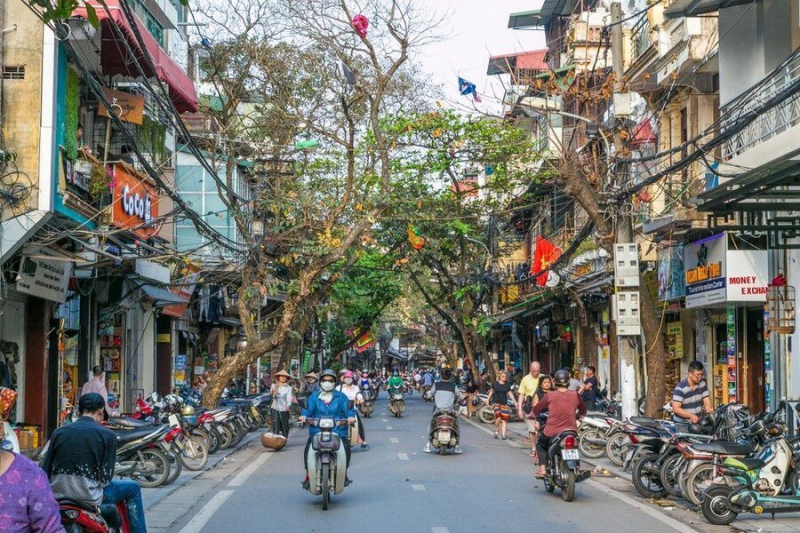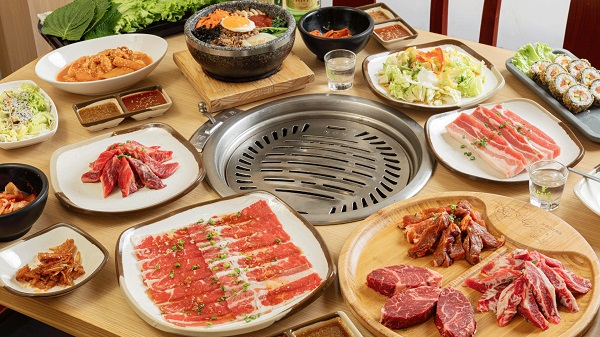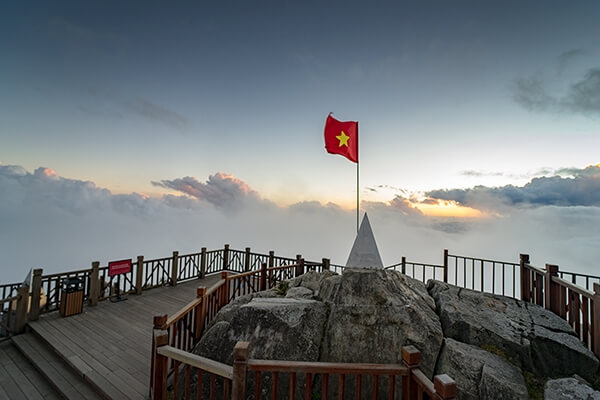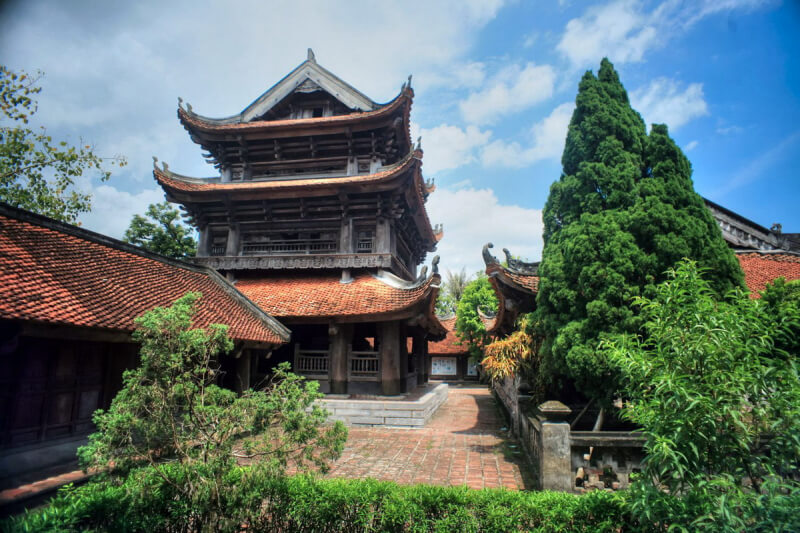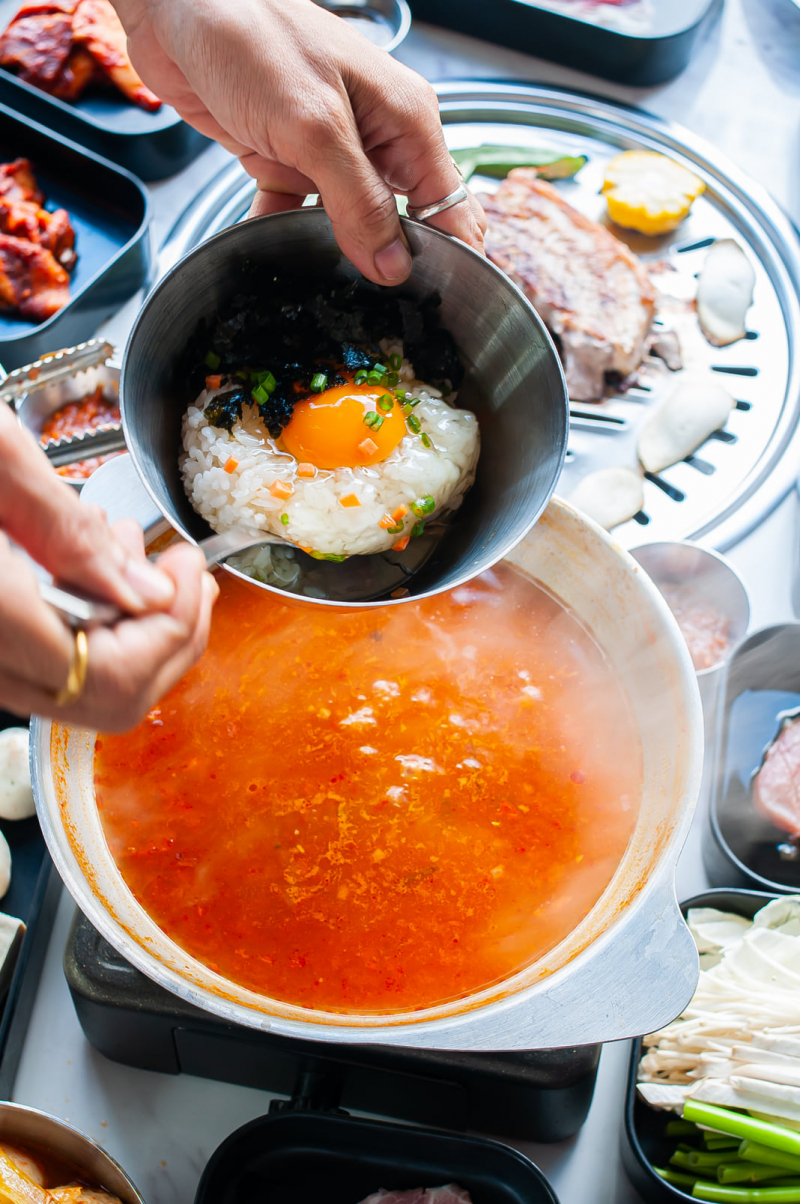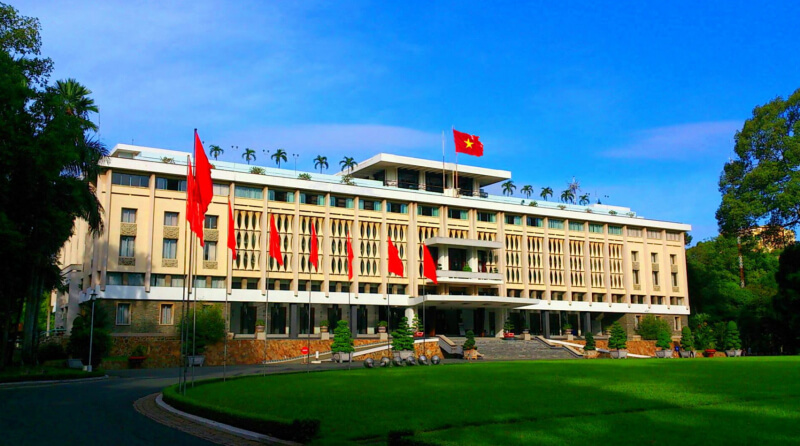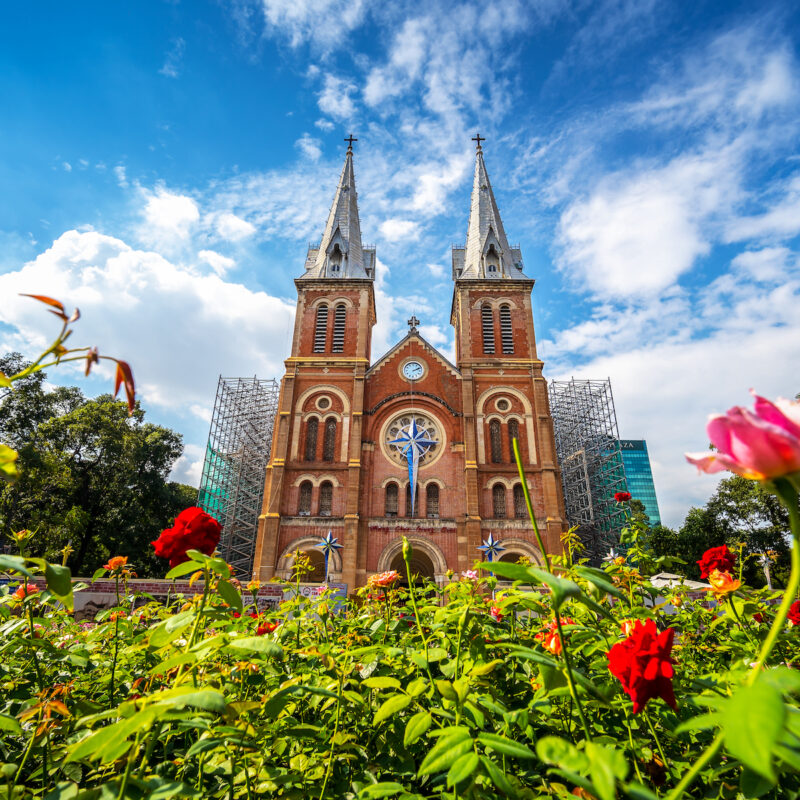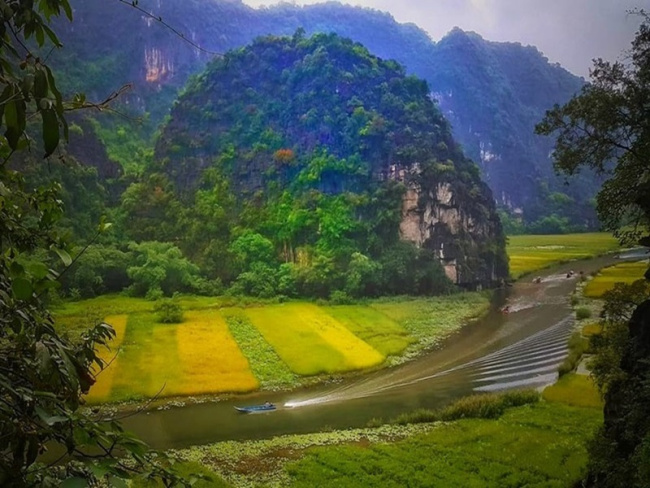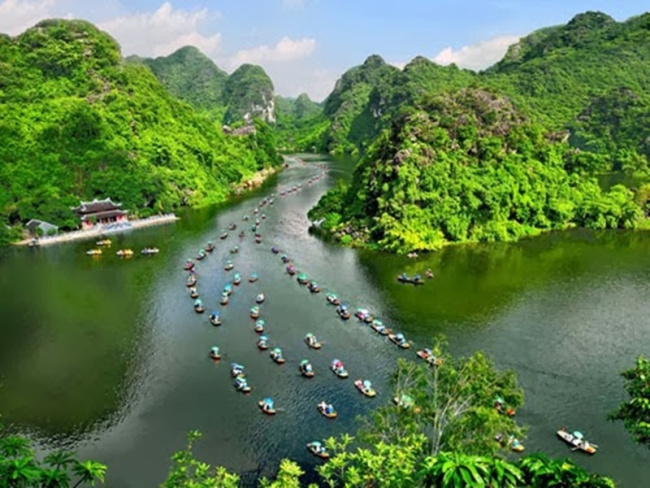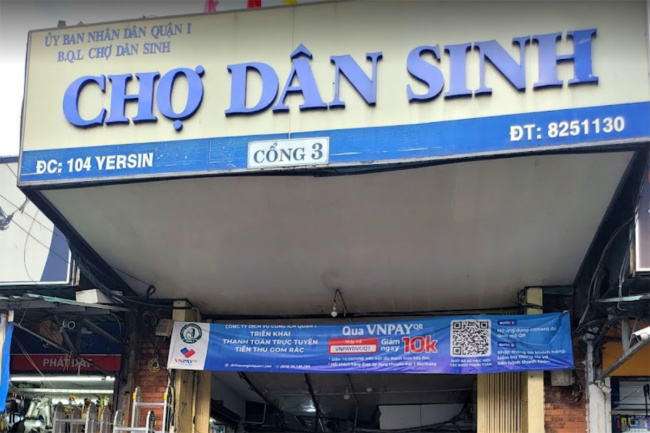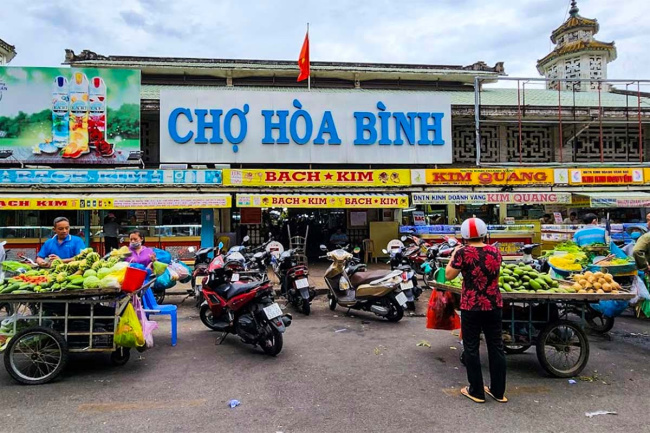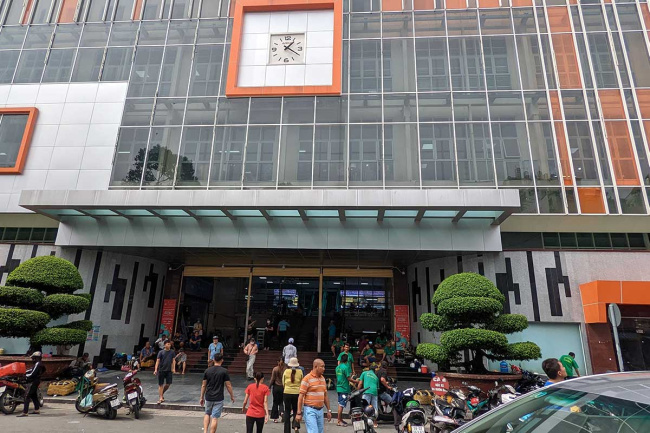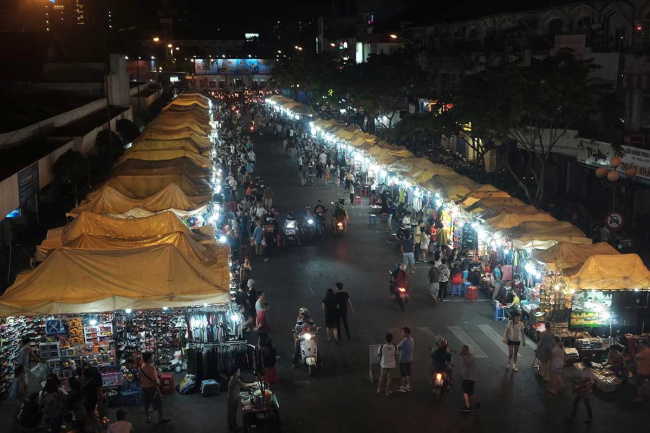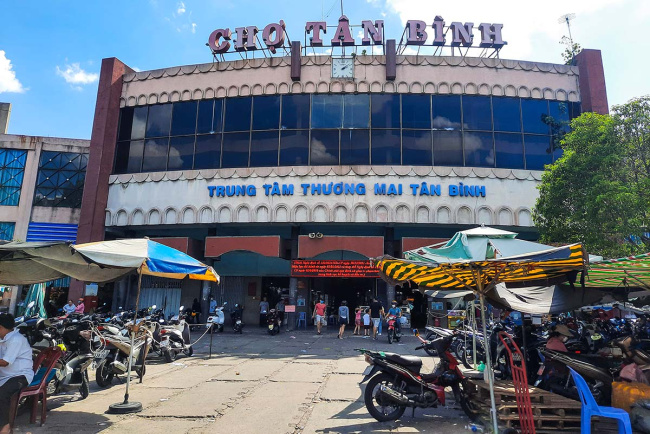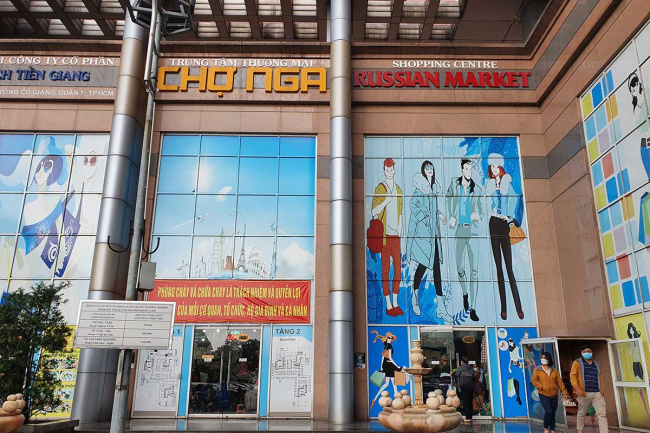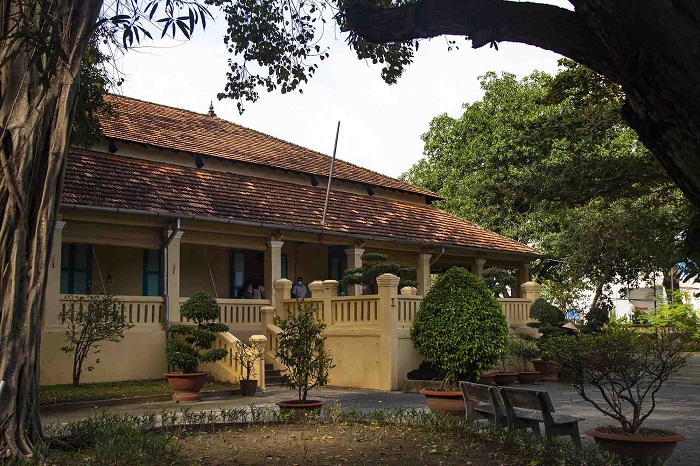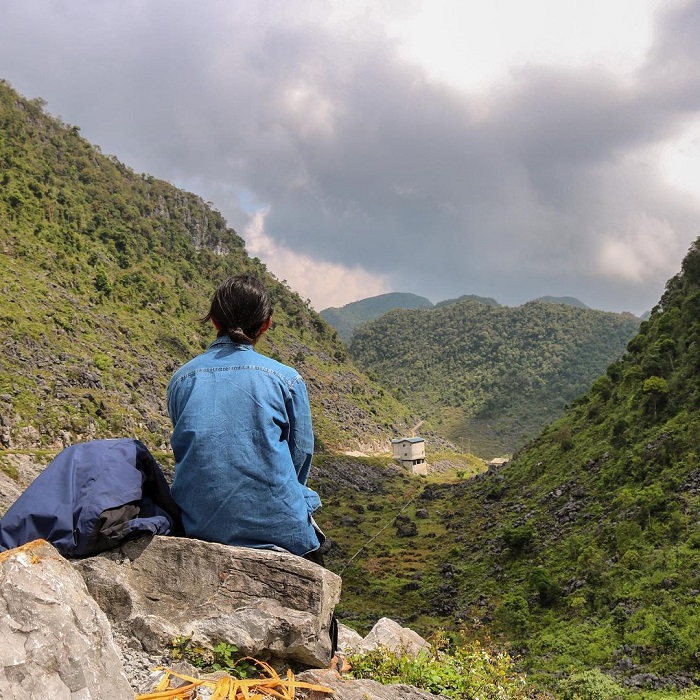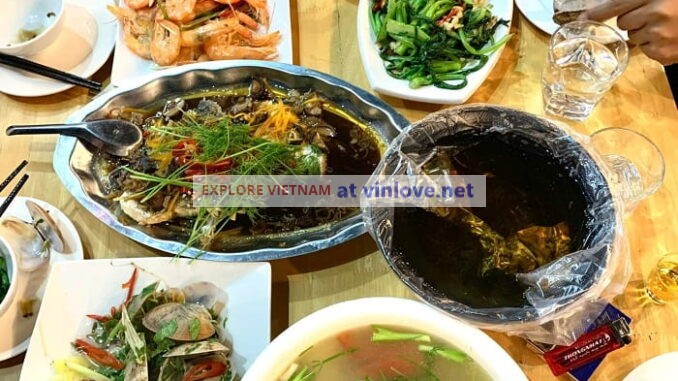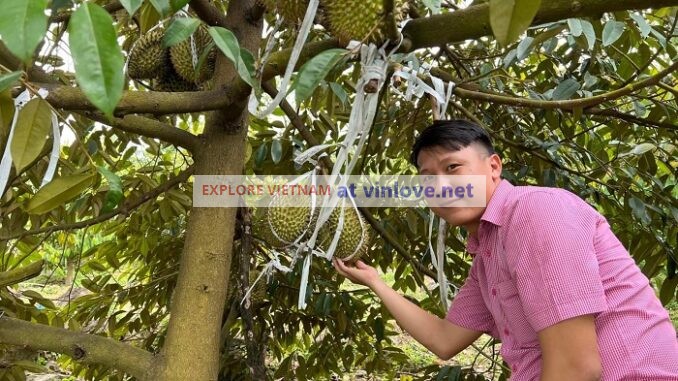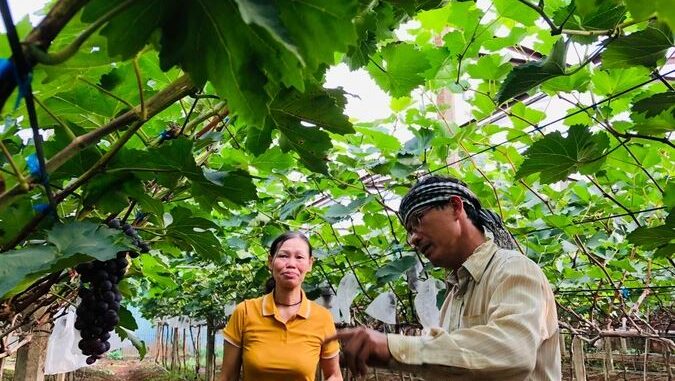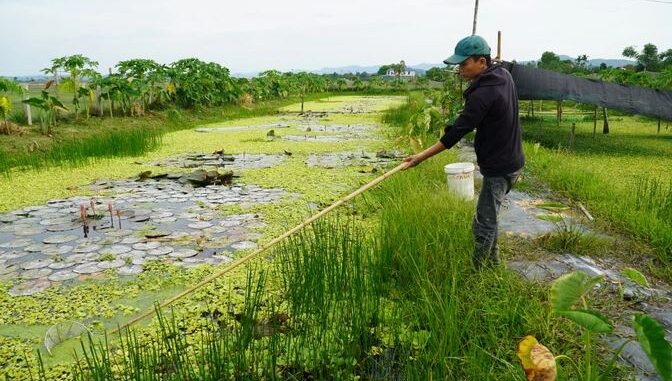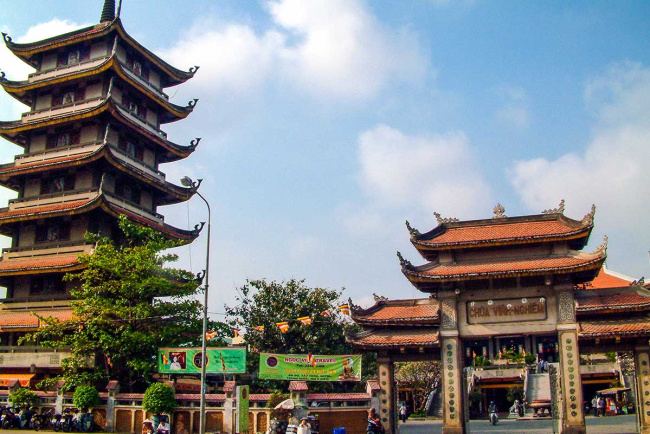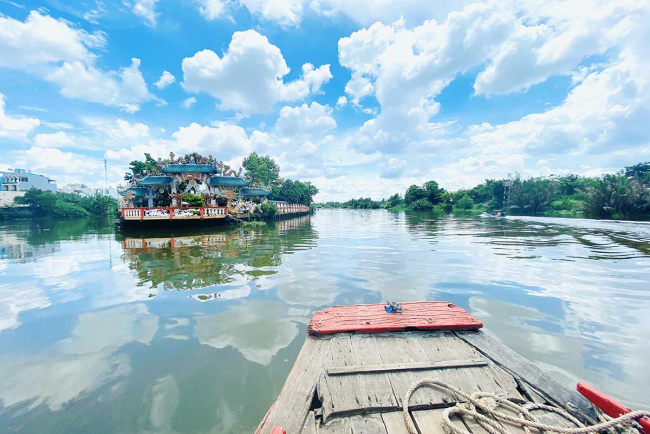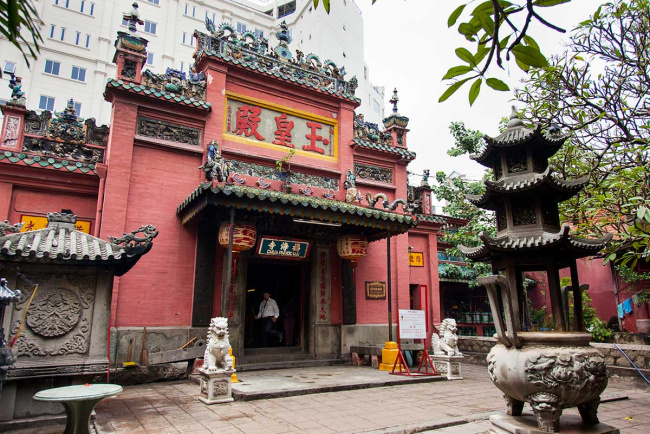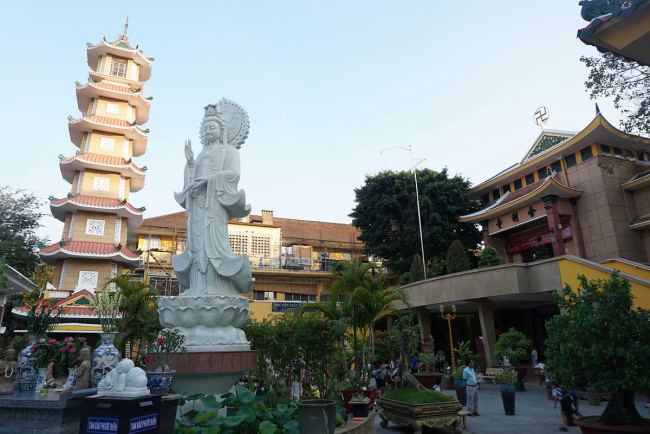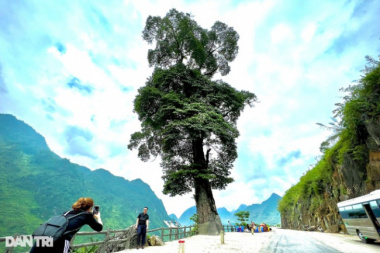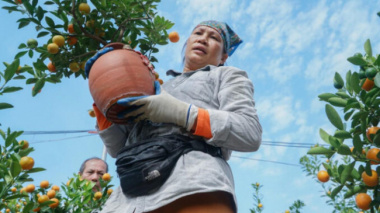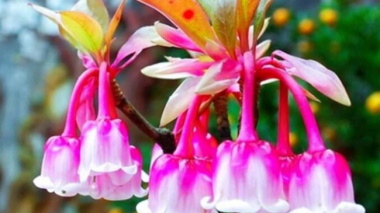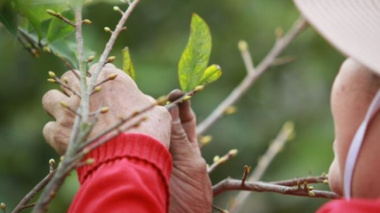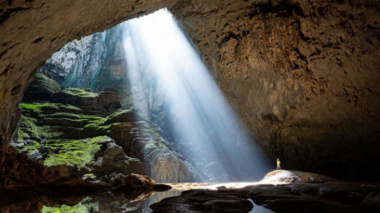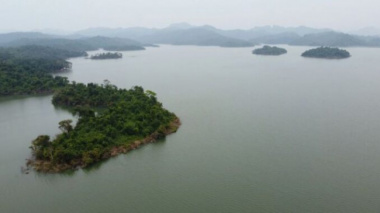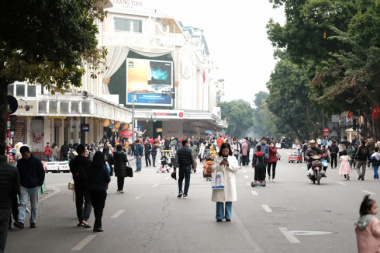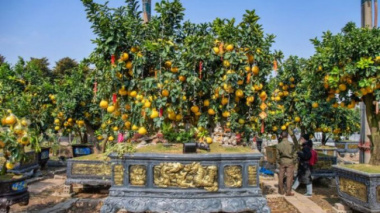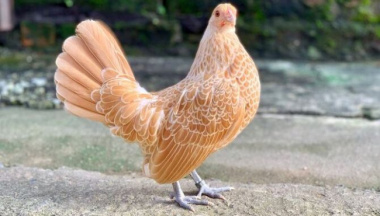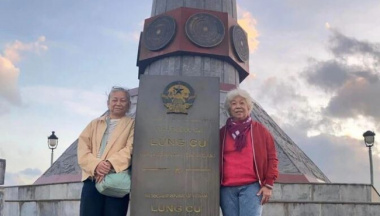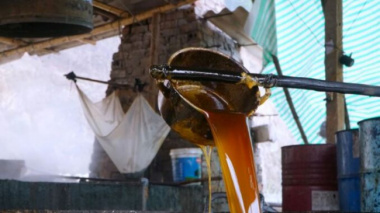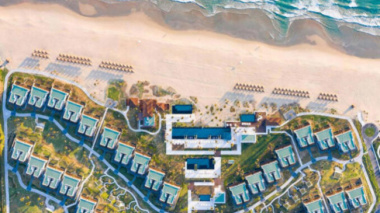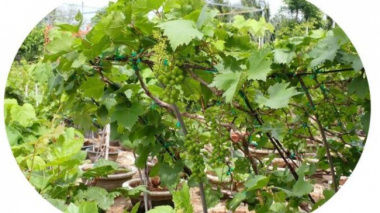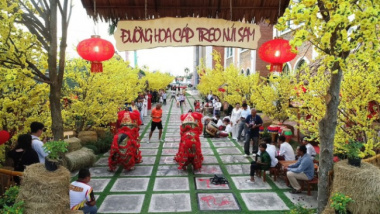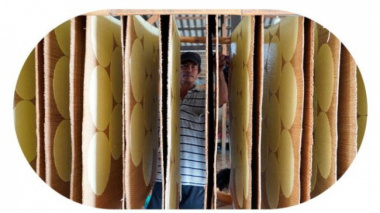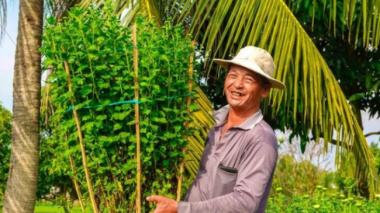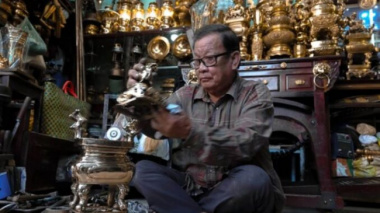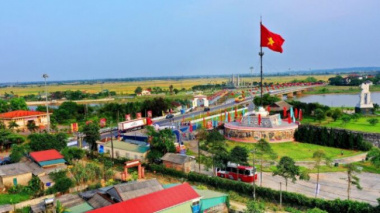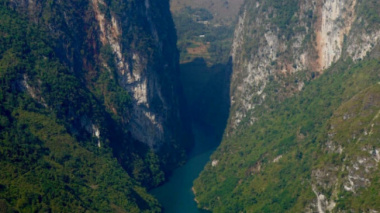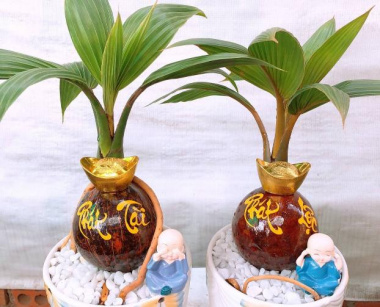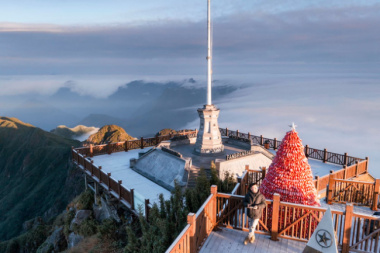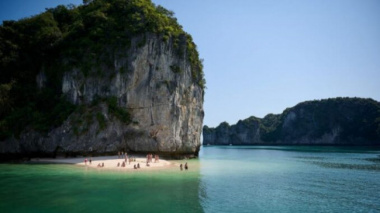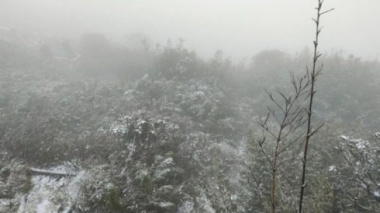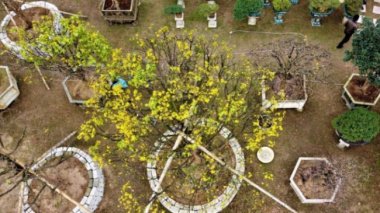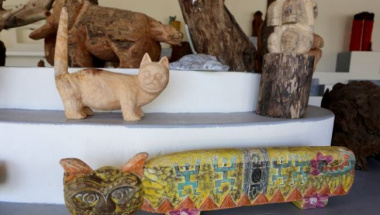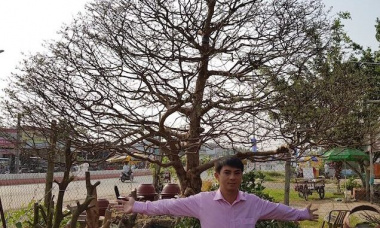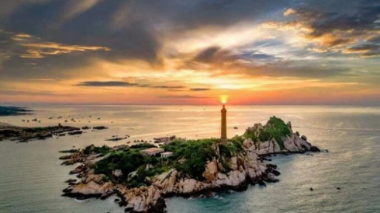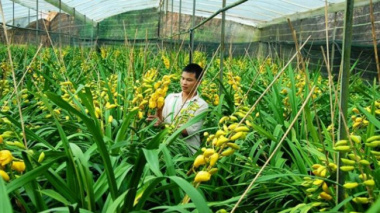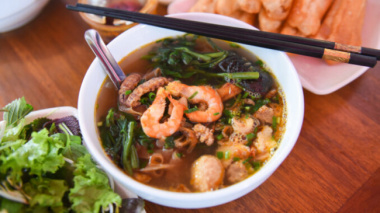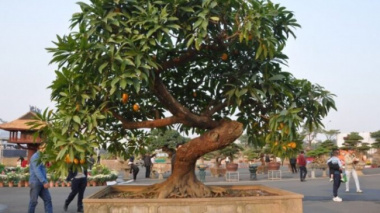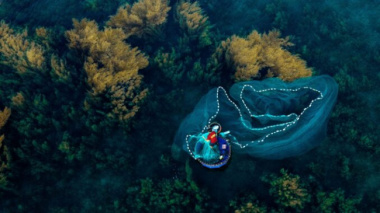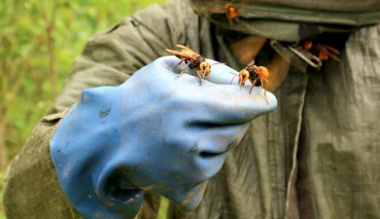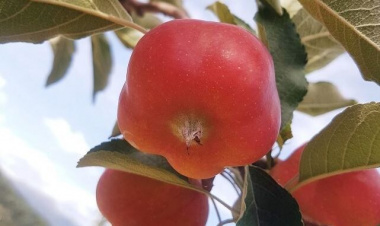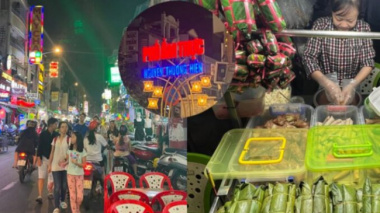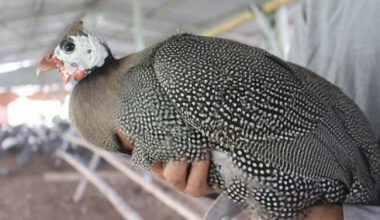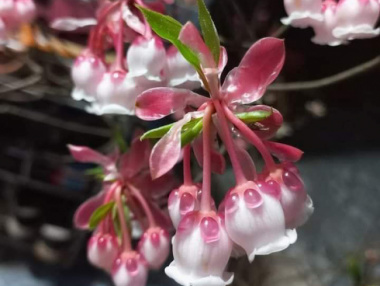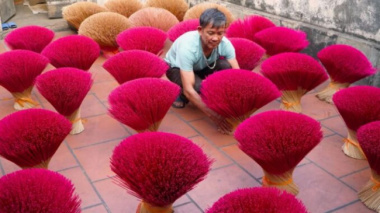Nghe An Province, Vietnam
- How to Get to Nghe An
- Capital City
- Famous Places in Nghe An
- Cua Lo
- Tan Ky
- Con Cuong District
- Main Attractions
- Visit Pu Mat National Park
- Tour the Kim Liên Relic
- Head to Dao Chè Thanh Chu’o’ng
- Special Events
- Activities Near Nghe An Province
- Latest in Nghe An Province
- Ben Thuy, Vietnam
- Nghe An Province, Vietnam
- Pu Mat National Park – Nghe An Province
- Vinh, Vietnam
Vietnam’s largest province in the North Central Coast Region is called Nghe An. The province has become an important economic point along the east-west corridor that connects Myanmar, Laos, Thailand, and Vietnam. Natural resources are abundant throughout Nghe An and the province’s 2,404,114.25 acres of forest have led to the development of several tourist destinations.
With a combination of urban and remote landscapes as well as hotspot destinations like Pu Mat National Park and Cua Lo Beach, tourists to Nghe An are assured to have countless adventures.
How to Get to Nghe An
By land area, Nghe An is the largest province in Vietnam. Nghe An’s provincial borders span from the Gulf of Tonkin to Laos and Vietnam’s Ha Tinh and Thanh Hoa Provinces. The development of the province has helped Nghe An become an economic and cultural powerhouse for the entirety of Vietnam’s North Central Coast.
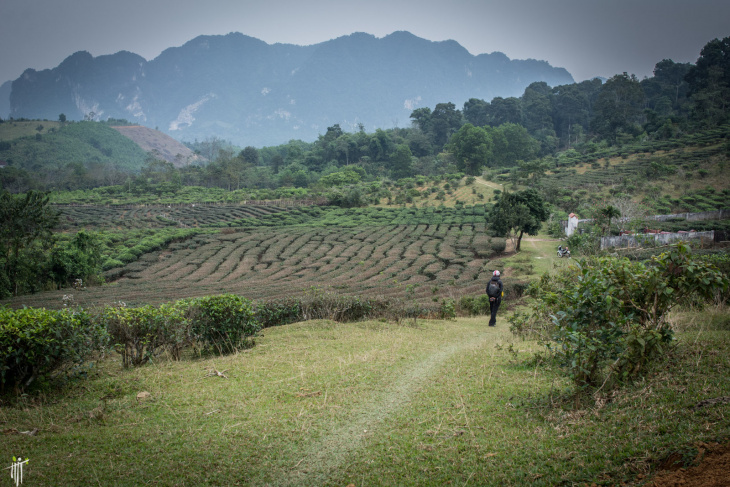
Pu Mat National Park, Village Con Cuông, Vietnam. Photo: Sasha Popovic
Just over 3.5 million people live in the Nghe An Province and there are multiple sub-divisions. These sub-divisions include 1 city, 3 towns, 17 districts, and 32 wards. Vinh is the largest city and provincial capital of Nghe An. While the Nghe An Province is in Northern Vietnam, it is still a fair distance from the capital, Hanoi.
Most travelers to the province will come from Hanoi or other northern provinces. Hanoi is about 205 km (329 mi) to the north of Nghe An Province. Driving or taking a train from Hanoi to Nghe An can take up to 6 and ½ hours. The fastest way to get to Nghe An would be by booking a flight, which would reduce travel times to about 2 and ½ hours.
History
Historically, Nghe An has always been tied to its neighboring province, Thanh Hóa. Together, the two provinces were once one province called Thanh-Nghe. The beginning of the provinces has been traced back to the Lê dynasty, which was Vietnam’s longest-ruling dynasty that lasted from 1428 to 1789.
During the 1530s, the new Mac dynasty started to influence the area. Under the new rule, much of northern Vietnam was reshaped and reformed, though the Mac dynasty did end up supporting the Lê dynasty until the late 1580s. Centuries later, Nghe An remained an important area, especially during the Vietnam War.

A local villager in an agricultural field. Photo by: Laurent Guerin.
Viet Minh armies used the area for local cells and some of Nghe An and most of Thanh Hóa were bombed by US forces. After the war, when the region was being rebuilt, Nghe An was combined with the Hà Tinh Province under the name, Nghe Tinh. In 1991, the provinces were separated and renamed.
Today, many historical sites have been preserved in Nghe An. Places like temples, universities, town squares and monuments are open to visitors every day. Furthermore, the Nghe An Province has also been ethnically diverse with most of the people in the province being ethnic Vietnamese. There are also additional groups that live in the area include the Thô, Tai, and O’Du people.
Several groups of Tai people live in Nghe An, including the Tai Thanh, Tai Hang Tong, and the Red Tai. Many of these ethnic groups have been living in the province for centuries. Modern-day ethnic villages have become tourist sites in Nghe An, where visitors can arrange for a homestay or day tour.
Fun Facts
- There are 6 universities in Nghe An’s capital, Vinh
- Nghe An comes from Sino-Vietnamese and it means “governance in peace”
- The Nghe An Province is famous for its production of cement, white stones, sugar, and milk
Capital City
Vinh City, is located on the coast and next to the Lam River in Nghe An’s provincial capital. The city is the main point on Vietnam’s north-south transportation route, and it is easily accessible by road, air, boats, and trains. Vinh City is about 300 km (190 mi) to the south of Hanoi, Vietnam’s capital.
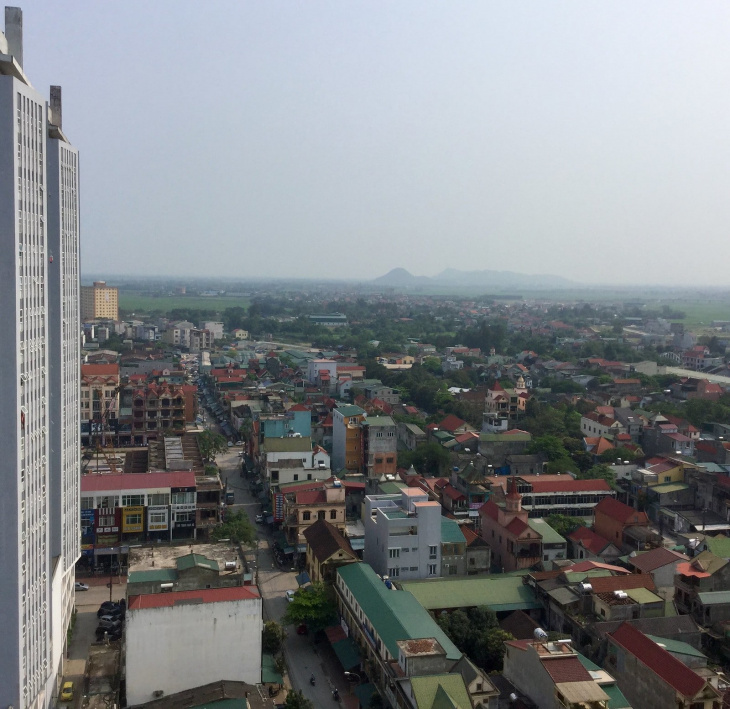
Vinh City is the provincial capital of the Nghe An Province, Vietnam. Photo by: Prince Roy.
The local economy of Vinh relies on agriculture, forestry, fishing, and tourism. As a transportation hub for the province and large regions of Vietnam, many travelers will go through Vinh as they head to the northern or southern parts of the country. Before Vinh became known as the busy capital city that it is today, it was known as Ke Van.
Throughout the centuries dating back to the 1700s, the name has changed from Ke Vinh, Vinh Giang, Vinh Doanh, and others. It wasn’t until 1789 that the city shortened its name to simply, Vinh. The city has been an important center of activity for much of Vietnam’s history as many rebellions and revolutionary activity has been based in Vinh.
There have been several notable Vietnamese revolutionary leaders throughout history that have been born in Vinh. Some of these figures include the Vietnamese poet, Nguyên Du, and North Vietnam’s prime minister, Ho Chi Minh. The historical elements of Vinh, alongside its urban makeover, have made it a tourist hotspot.
Many visitors to the Nghe An Province will go to Vinh and stay the night or multiple nights as they explore the city. Tourist activities in Vinh vary from visiting the Quyet Mountain, Huong Tich Pagoda, and Pu Mat National Park. A few resort areas, the Bai Lu and Vinpearl Cua Hoi Resorts have also become favorite destinations amongst tourists in Vinh.
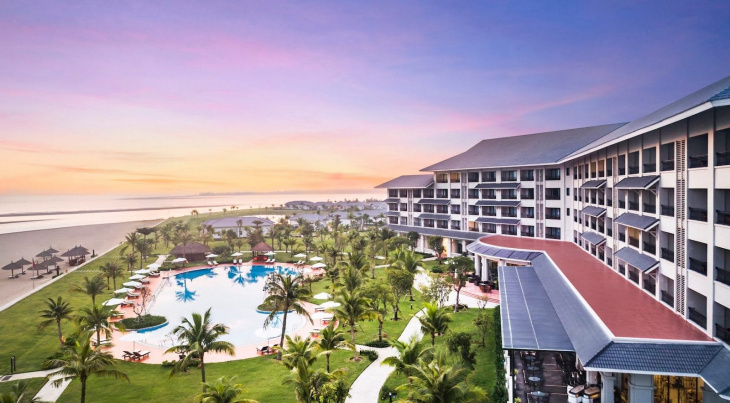
Vinpearl Cua Hoi. Photo: Vinpearl
There are dozens of highly-rated hotels in Vinh that have become renowned for their architecture, rooms, and guest services. With many hotels built into high towers, visitors will be able to see the city from the comfort of their beds.
With affordable prices and excellent service, the Khách San Mu’ò’ng Thanh Luxury Sông Lam, Muong Thanh Hotel Grand Cua Dong, and Muong Thanh Grand Phuong Dong Hotel are the most popular places for visitors in Vinh. Many of these hotels will have a restaurant on-site, but visitors may want to hit the streets to explore more of Vinh’s cuisine too.
Whether you want to have a full sit-down dinner or just go for drinks, Vinh has plenty of dining options. A few of the city’s best restaurants include the Da Dieu and Restaurant Kim Anh 2. The city’s Cua Lò Strip is almost famous for its central location and variety of dining establishments.
Famous Places in Nghe An
Aside from Vinh City, tourists should head out to explore more of Nghe An too. A popular destination in the Nghe An Province that are away from Vinh include the Cua Lò Beach community, Con Cuông District, and Tân Ky District. Each area is known for its natural beauty, but some places are also significant because of their history and temples.
Cua Lo
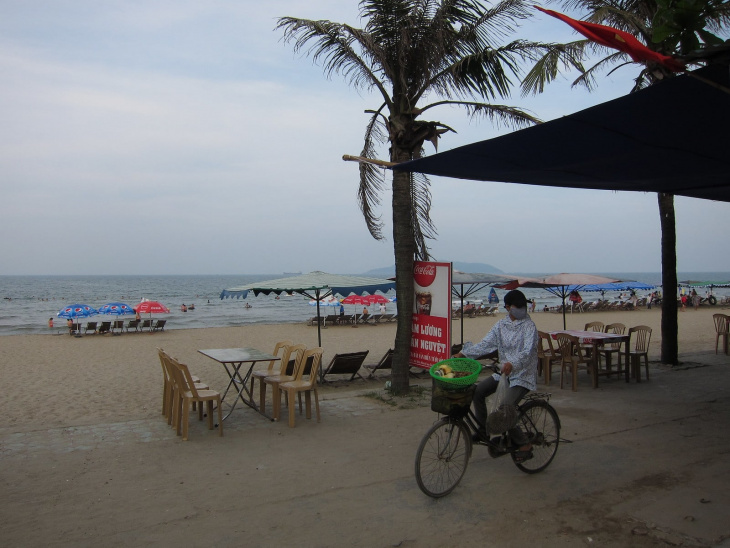
View of Cua Lo Beach in the Nghe An Province, Vietnam. Photo by: Isriya Paireepairit.
A small town only 18 km (11 mi) away from Vinh City, Cua Lò is the province’s most famous beach resort. The town’s main, Cua Lò Beach is an exceptionally beautiful place. Many tourists head to Cua Lò to escape Vinh for the weekend. Now, the town is known for being a romantic destination where people can relax in paradise.
With a small community based around the beach, visitors have plenty of accommodation, dining, and shopping options.
Tan Ky
Another rural district turned tourist destination in Nghe An is called Tân Ky. Visitors to Tân Ky have the option of exploring the small communities or natural landscape. The capital of the district, also called Tân Ky, is known for its influence on Vietnamese literature.
Nearby the district capital, the Ho Chi Minh Trail, which was once a military supply route during the war, has been converted into a hiking destination and crosses through the district.
Con Cuong District
The Con Cuông District is a rural community in the Nghe An Province that has become an ecotourist hotspot. Visitors gather in Con Cuông to explore the local forests and view the water buffalo as well as arrange for a homestay, which supports the local people.
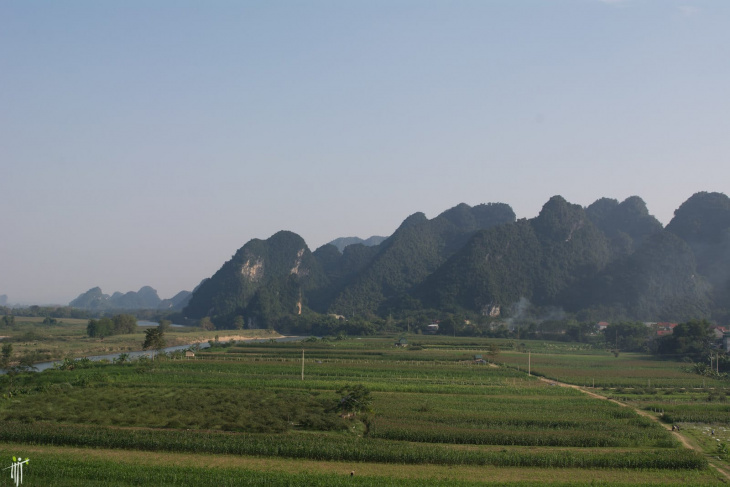
The Con Cuông District in the Nghe An Province, Vietnam. Photo by: Sasha Popovic.
Booking a homestay also allows foreign tourists to get hands-on experience as they learn more about the local ethnic culture in Con Cuông.
Main Attractions
In addition to having famous districts and places, the Nghe An Province has become well-known for a few of its main attractions. Relying on the natural beauty and history of the province, some of the best activities for visitors in Nghe An include visiting Pu Mat National Park, the Kim Liên Relic, and Dao Chè Thanh Chu’o’ng.
Visit Pu Mat National Park
Integrated into the Western Nghe An Biosphere Reserve, Pu Mat National Park is Vietnam’s most important site for mammal conservation. Featuring a landscape of lowland evergreen forest, the national park is home to 5 endemic mammal species. These include Vietnam’s elusive red-shanked duoc and the saola.
Visitors to the park can book a tour to hike through the green hills in search of some of these unique animal species.
Tour the Kim Liên Relic
Located in the Nam Dàn District, the Kim Liên Relic or the Kim Liên Museum was the childhood home of North Vietnam’s leader, Hô Chí Minh. The museum is run as a memorial site to the past president and the home has been converted into a museum. Many tourists, both national and international, will visit the site to learn more about this historic figure.

Shrine dedicated to Hô Chí Minh in the Kim Liên Museum. Photo by: Prince Roy.
Head to Dao Chè Thanh Chu’o’ng
One lesser-known tourist attraction in Nghe An is called Dao Chè Thanh Chu’o’ng. Located on the coast, this site is famous for its verdant agricultural fields that have been grown on small islands on an inlet. Tea is the plant that is grown and harvested here. Ecotourists have fallen in love with the area because of its beauty and guests have the option to stay overnight in the area’s eco-lodge.
Special Events
To drive tourism and keep the ethnic culture alive, the Nghe An Province celebrates several unique festivals. Held throughout the year and in various parts of the province, these festivals have become tourist attractions. The two most popular festivals include the Cuong Temple and the Hang Bua Festival.
Held in mid-February every year, the Cuong Temple Festival honors the local culture, spirituality, and folk competitions. Popular activities during the festival include volleyball and tug of war. Just before the Cuong Temple Festival, visitors head to the Chau Tien commune to partake in the Hang Bua Festival.
Given the title as “the most interesting festival in Nghe An”, Hang Bua is held in the area’s amazing caves. The festival honors Mother Water and it is a time when guests are invited into the caves to partake in cultural exchanges.
Weather
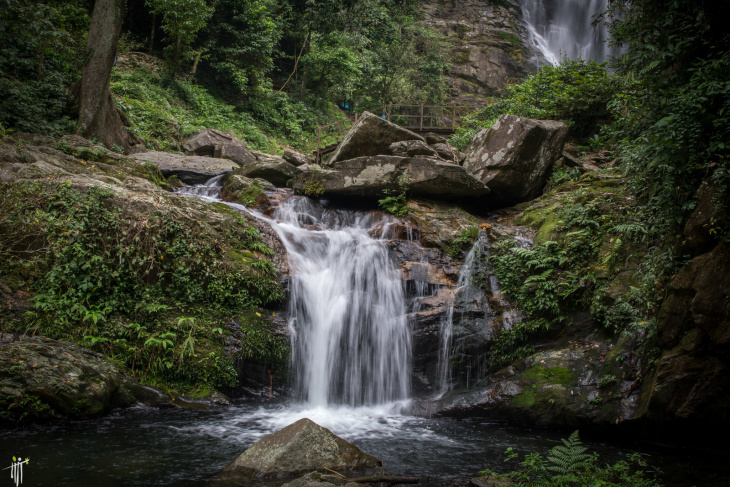
Visit Pù Mát National Park in the Nghe An Province, Vietnam. Photo by: Sasha Popovic.
The climate in Nghe An is described as tropical savanna. This means that there are two main types of weather throughout the year: wet and dry. The wet season may bring rain or because of the elevated climate, in some parts of the province, there may even be snow. Nevertheless, the wet season is when most people will avoid traveling to Nghe An.
The summer months are the hottest and wettest, which makes June to August the least busy time to visit. The best time to visit the Nghe An Province is from December to April during the dry season. While the temperatures can drastically drop during the winter months, there is less rain and humidity.
Many visitors find that the temperatures are ideal from January to February and outdoor ventures aren’t likely to be interrupted by any rain.
Well connected to the rest of Vietnam, many visitors will find themselves stopping or traveling through the Nghe An Province as they tour the country. Boasting a major provincial capital, the best places in Nghe An will be off the beaten track and away from the crowds.
Though, whether you’re staying in Vinh City or going to the rural communities, it is hard not to be enamored with everything the Nghe An has to offer.
Activities Near Nghe An Province
National Parks:
Rivers:
Towns:
Latest in Nghe An Province
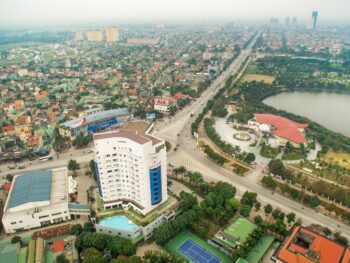
Ben Thuy, Vietnam
Situated at the mouth of the Ca River, Bên Thuy is a small Port city in…

Nghe An Province, Vietnam
Vietnam’s largest province in the North Central Coast Region is called Nghe An. The province has…

Pu Mat National Park – Nghe An Province
An integral part of Vietnam’s Western Nghe An Biosphere Reserve, Pù Mát National Park has become…
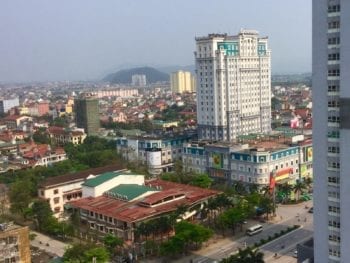
Vinh, Vietnam
Vinh is situated on the north-central coast of Vietnam and is considered the economic and cultural…
View more Nghe An Province articles
Đăng bởi: Trọng Tấn Nguyễn


